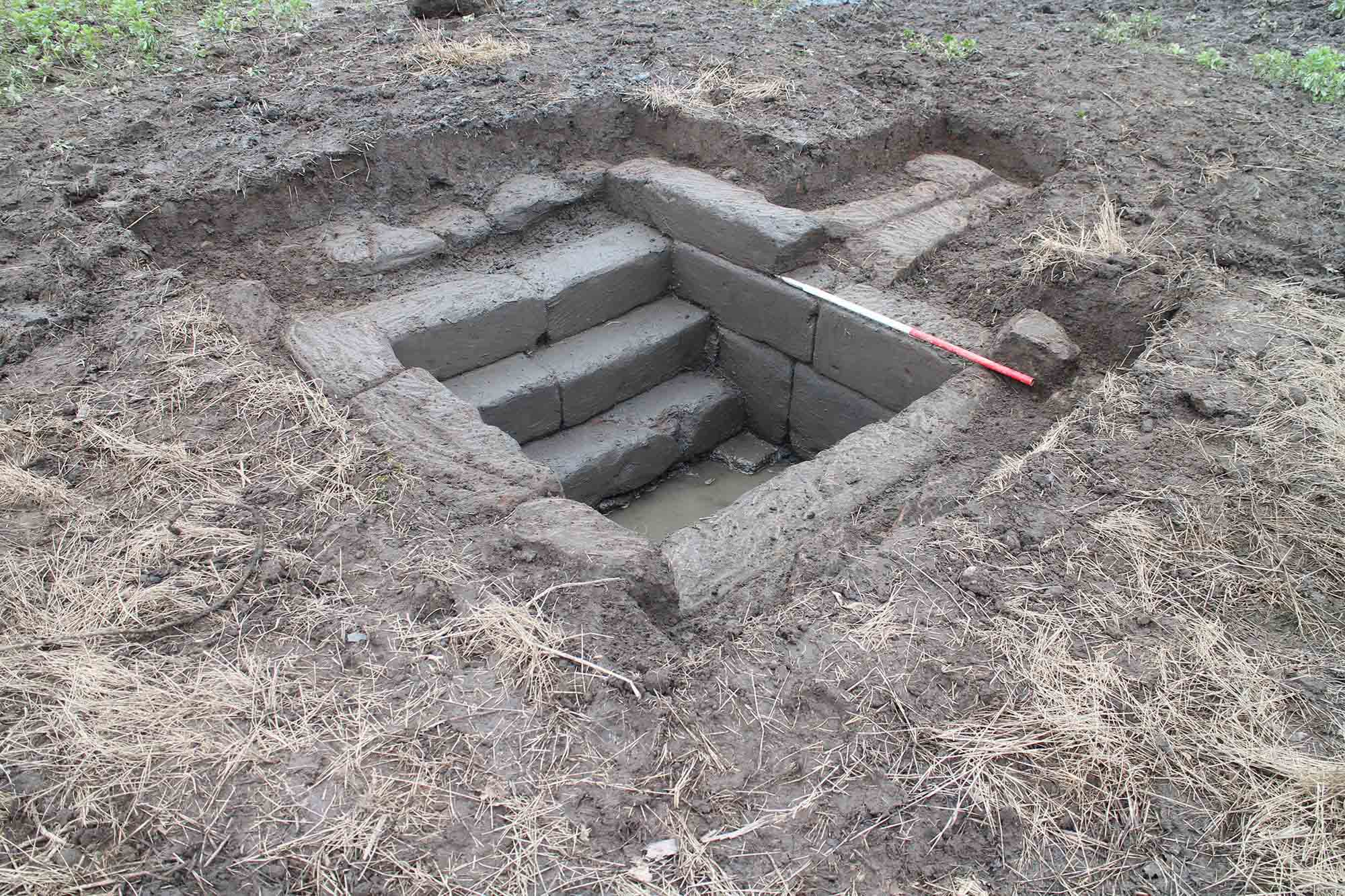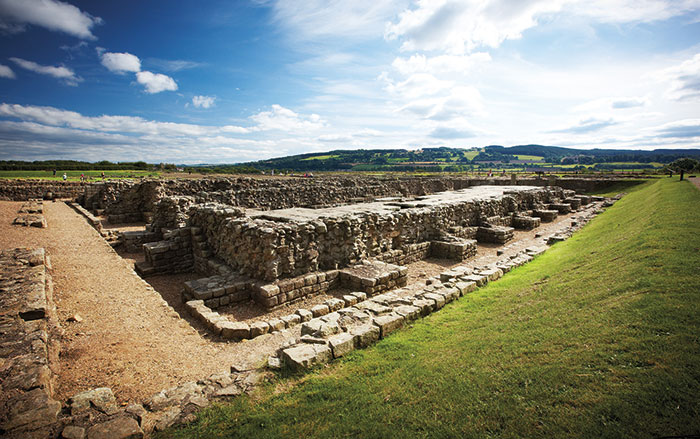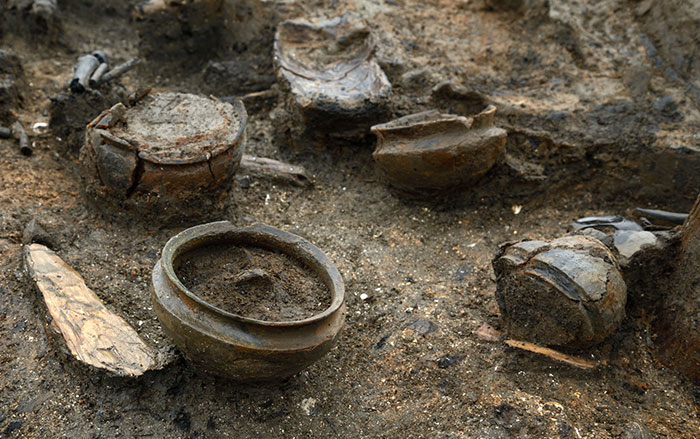
Archaeologists working near Liverpool, England, recently rediscovered a legendary medieval well. The shallow well was for centuries a popular destination for religious pilgrims, owing to its purported ability to cleanse one of sins and heal certain ailments. It was likely associated with St. Anne, whose cult became popular in England around 1400. By the late nineteenth century, the well was no longer in use and was gradually buried by plowing and other agricultural activity. Although archaeologists were aware of its general whereabouts, its exact location was unknown until recently.
The 6.5-by-6.5-foot well was constructed from local sandstone blocks, with three steps leading down to the water. In the sixteenth century, the structure was also at the center of a mysterious event. The well’s many visitors made it lucrative, and it became the subject of a contentious ownership dispute between a local priest and an agent of a neighboring landowner. The priest ended up putting a curse on the well, only to have it backfire—he died three hours later. Things didn’t go much better for the agent. A few months later, after some serious financial losses and the passing of his only son, he was found dead beside the well with his skull crushed in.












